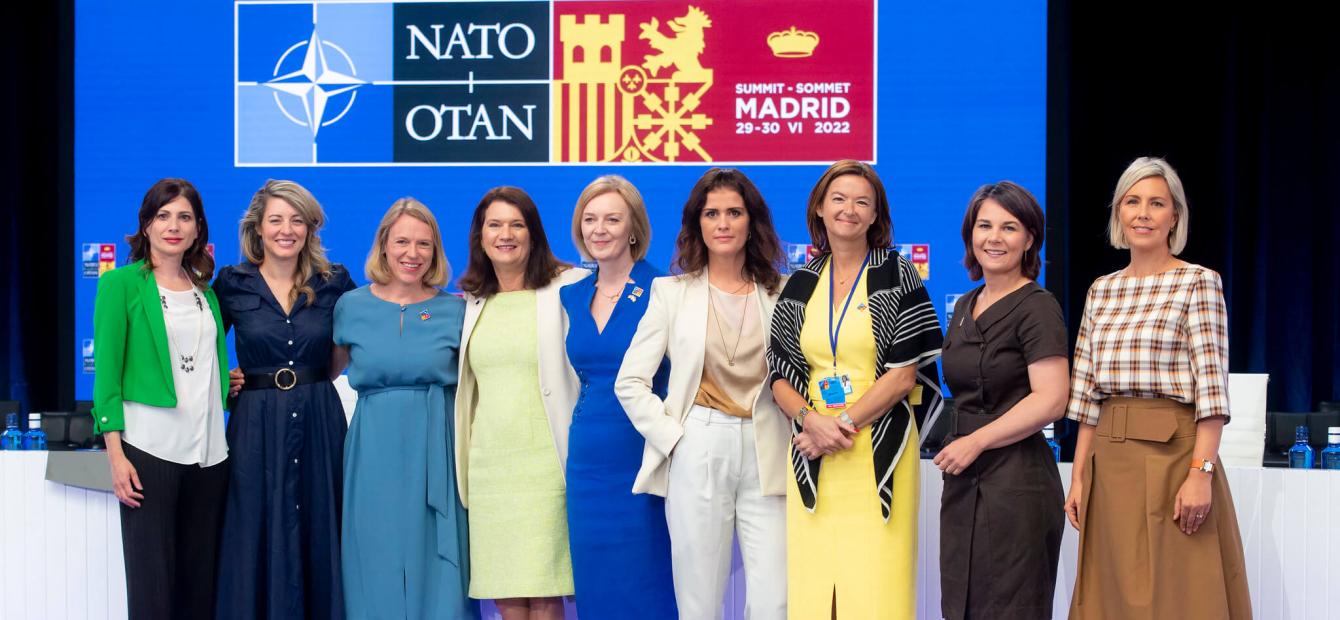
What difference does a feminist foreign policy make?
The Swedish example of a feminist foreign policy in 2014 was met with “giggles” but soon followed by other governments. But what does a feminist foreign policy really mean? And what difference has it made so far?1
THE ISSUE
What is this about?
Feminist foreign policy (FFP), or feminist diplomacy, is a concept that calls for a state to promote values and good practices to achieve gender equality, and to guarantee all women enjoy their human rights, through diplomatic relations. The practice was initiated by Margot Wallström, former Swedish Foreign Affairs Minister.2
Is a feminist foreign policy different than other policies?
The movement towards an FFP can be seen as continuation of past initiatives at both the international and domestic level. It is nonetheless also different and distinct, or even a bit more radical.
What difference does this policy make?
In most of the FFP-related initiatives, gender is still equated in a rather narrow fashion. Women are first and foremost perceived as a homogeneous group, as vulnerable and as victims rather than agents with different, intersecting identities and therefore varying experiences.
“It is time to become a little braver in foreign policy […].” With these words, the then Swedish Foreign Minister Margot Wallström announced in 2014 that her government from then on would pursue a feminist foreign policy (FFP).3 While this was met with “giggles”, as she recounts later,4 the example set by Sweden was soon to be followed by others.
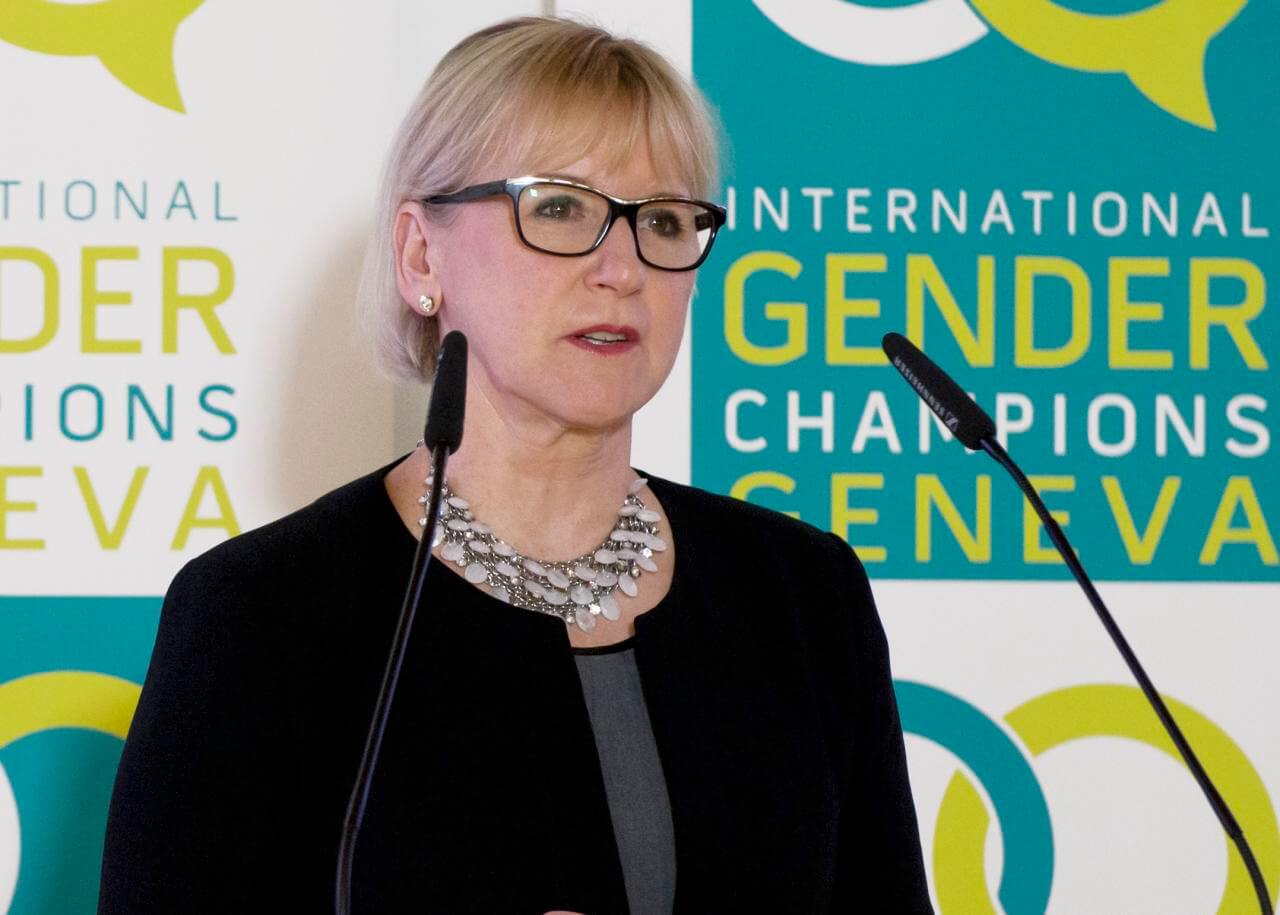
The Canadian government committed itself to a Feminist Foreign Assistance Policy in 2017,5 while France (in 2019), Mexico (in 2020)6 and most recently Germany (in 2022)7 respectively pledged to conduct their foreign policies in a feminist manner.8 In 2019, advocates for global gender equality and foreign policy experts in the United States gathered to sketch the contours of a FFP. Their government, however, has yet to implement it.9
What explains this “feminist turn in foreign policy”10 , and what does FFP even mean? Does it reflect a fundamental shift in thinking how issues like diplomacy, defence, foreign assistance, trade or climate change are being handled, as some suggest? Or is it merely window-dressing and little more than a rebranding without much substantive change, as others argue? And what can we conclude from the albeit still rather short period that this kind of policy has been practiced?
Feminist foreign policy (FFP)
A feminist foreign policy (FFP) is a political framework centred around the wellbeing of marginalised people and invokes processes of self-reflection regarding foreign policy’s hierarchical global systems. FFP takes a step outside the black box approach of traditional foreign policy thinking and its focus on military force, violence and domination by offering an alternate and intersectional rethinking of security from the viewpoint of the most vulnerable. It is a multidimensional policy framework that aims to elevate women’s and marginalised groups’ experiences and agency to scrutinise the destructive forces of patriarchy, colonisation, heteronormativity, capitalism, racism, imperialism and militarism.11
How to be explained? Policy precursors of FFP
The shift towards FFP is perhaps the least surprising in the Swedish case given the country’s staunch commitment to gender equality in general and Wallström’s advocacy for the rights of women since the beginning of her political career,12
long before her appointment as foreign minister.13
Yet, also in other respects FFP is not as radical of a shift as it is sometimes made out to be by its advocates, but rather the culmination of a process which started much earlier.
Already in the fall of 2000, members of the United Nations Security Council adopted resolution 1325 on Women, Peace and Security (WPS).14 Currently referred to as the ‘WPS agenda’ – because of the follow-up resolutions which have been passed15 – it calls on all UN member states to ensure the participation of women and the inclusion of gender perspectives in peace negotiations, humanitarian planning, peacekeeping operations and post-conflict peacebuilding. Furthermore, the resolution urges states to ensure women’s and girls’ protection from all human rights violations, especially gender-based violence.14
Since the adoption of the resolution, 98 UN member states (51 per cent) have published a national action plan on how to implement the agenda,16 while individual foreign ministers have sought to advance the resolution during their time in office. For example, Hillary Clinton was the first US foreign secretary to declare – in what came to be known as the ‘Hillary Doctrine’ – that the subjugation of women worldwide constitutes a serious threat to the American national security. She described the empowerment of women as a stabilising force for domestic and international peace.17
Similarly and owing to the leadership of British Foreign Secretary William Hague, the United Kingdom promoted a normative shift towards the eradication of sexual violence in conflict.18 Additionally, Australia’s first female foreign minister, Julie Bishop, consistently called for greater attention to gender in international institutions,19 while Norway and Sweden began to actively promote gender mainstreaming in areas of peacekeeping, peacebuilding and development assistance.20
When looking specifically at development assistance, FFP – especially as promoted by Canada – appears even less novel. In this policy area, recognition of gender dates back to the 1960s. At that time, the UN, and subsequently governments, initiated so-called Women in Development (WID) programmes. These were based on the realisation that women, because of their sex, not only face unique challenges compared to their male counterparts, but that these challenges also required tailored responses that take gender into account.21
However, criticisms grew against WID due to its excessive focus on women’s economic empowerment without addressing discriminatory cultural gendered norms or considering the negative ramifications of such interventions for women in societies where men are still considered the dominant breadwinners.22 Therefore, WID was replaced by the Gender in Development (GID) approach in the 1980s. Since then, many countries that have committed themselves to FFP in recent years incorporated GID into foreign assistance programmes.21
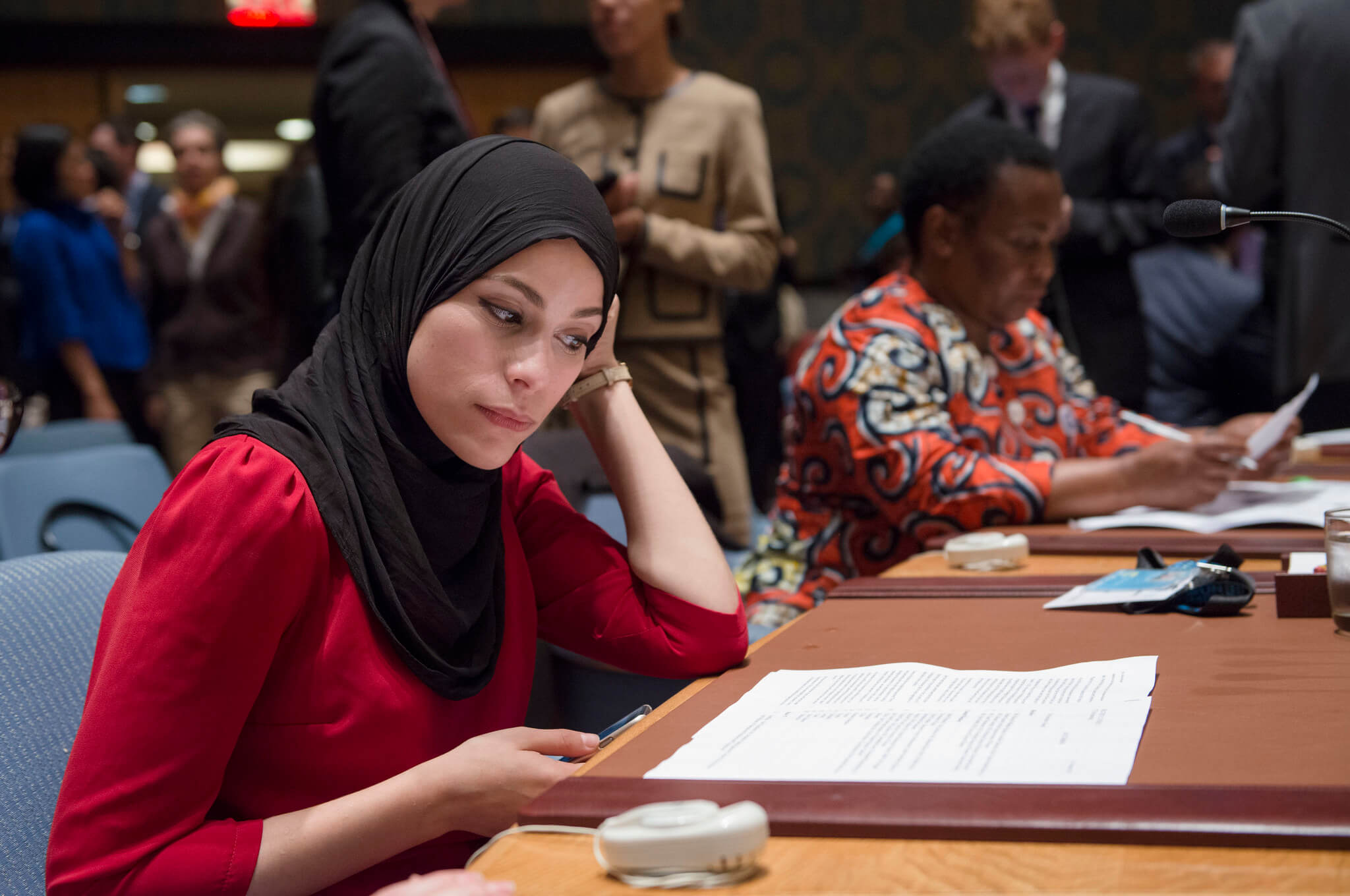
Finally, prior to entering the vocabulary of policymakers, the term FFP had – even if not officially coined – already been filled with meaning by feminist and gender scholars, beginning in the 1990s.23 One of them was Annick Wibben, who already wrote about FFP in 2004.24 In 2019, she was appointed as Anna Lindh Professor for Gender, Peace and Security at the Swedish Defence University and engenders Sweden’s FFP from an academic point of view.
That such a policy was put into practice almost twenty years later, can be attributed to the arrival of a new cast of mainly female social democratic and green foreign policymakers, starting around 2010. Contrary to their predecessors, they do not consider gender equality as peripheral, but instead as a priority and executive matter.
At this point, feminist foreign policy appears to still mainly consist of “agenda setting”
The increasing availability of data also lends support to the proponents of FFP as they provided proof of the gendered effects of violent conflicts and climate change or the still persisting gender gap in peace negotiations, foreign offices and diplomatic circles. Simultaneously, the data also offered evidence of the positive effects gender equality could have on the attainment of sustainable peace.25
What is a feminist foreign policy?
While the movement towards FFP can be seen as a continuation of past initiatives at both the international and domestic level, it is nonetheless also different and distinct. Contrary to the WPS agenda, which is mainly limited to activities related to peacekeeping and peacebuilding, FFP is, to quote Margot Wallström, “a bit more radical”26
and “smart policy”26
, although one needs to distinguish between the theory and the actual practice of it.
FFP affords a different and potentially more controversial politics24 as it involves leaving the comfort zone of merely agreeing on that gender matters and instead empowering “those [who] explicitly seek to renegotiate and challenge power hierarchies and gendered institutions that hitherto defined global institutions and foreign and security policies”27 . FFP is also more encompassing insofar as the respective governments seek to include gender in all “diplomatic priorities and all political, economic, soft diplomacy, cultural, educational and development cooperation actions”28 .
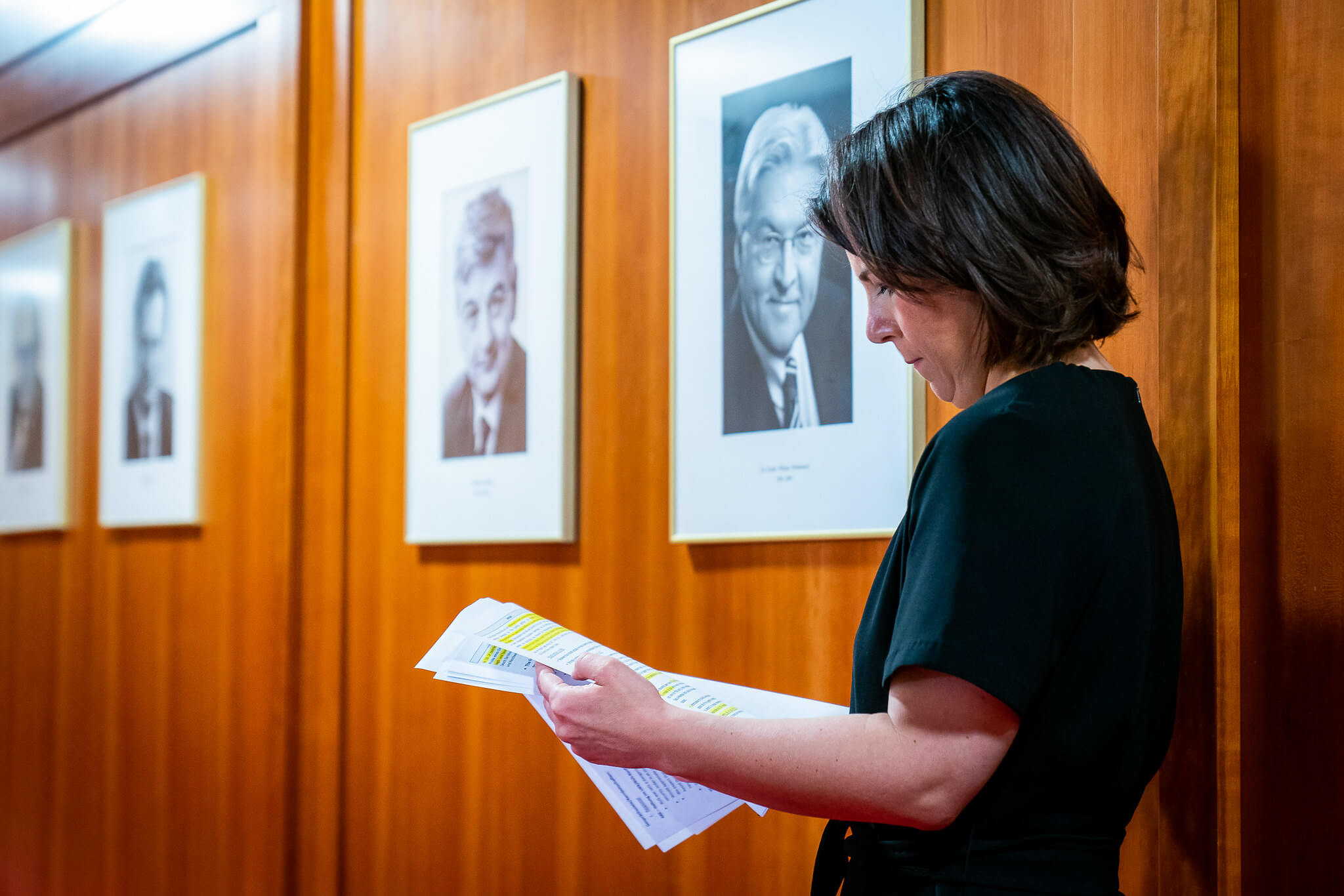
It rests on an “ethically informed framework based on broad cosmopolitan norms of global justice and peace”29 . According to German Foreign Minister Annalena Baerbock, FFP “is not only a particular negotiation format or a technical formula. It is about human security”30 And in the eyes of Wallström, it is “really a part of strengthening democracy”.31 . Apart from these more general aspirations, we find, however, pronounced differences among governments as to how ‘feminist’ is translated more specifically.
Conceiving of gender equality as an object in and of itself,32 the FFP of Sweden, for example, is based on what it calls the ‘3R-approach’: ensuring that “[…] women have the same rights, representation and resources as men.”33
By comparison, the Mexican government – while adopting an intersectional lens and thus taking into consideration how gender is affected by other power domains – also seeks to reform its own foreign political institutions, calling for an environment free of gender-based violence in the foreign ministry and the foreign service.34
Yet, how and to what extent are these aims turned into actual practice?
How do FFP governments fair?
Although a comprehensive and systematic comparison of countries’ FFPs has yet to be undertaken, the self-assessments and strategic action plans prepared by, for example, Sweden35
or Canada,36
as well as the actual practice, suggest a rather mixed picture.
At this point, FFP appears to still mainly consist of “agenda setting” and “normative entrepreneurship” in thematic areas which had already received attention from the respective governments prior to the introduction of the policy.37 These include:
- The promotion of gender equality as an issue of concern in international and regional organisations. The announcement of the Swedish government that upon its country’s entry into NATO it would promote FFP within the organisation, can be considered as the most recent example of this.
- The continued implementation of the WPS agenda by, on the one hand, encouraging women’s participation in the prevention and the resolution of conflicts as well as post-conflict peacebuilding, and, on the other hand, ensuring the respect of human rights including reproductive rights and health of women and girls and gender justice as well as freedom from gender-based violence.
- The ongoing translation of the abovementioned GID agenda into practice in the case of which particularly Sweden, Canada as well as Norway have been leaders devoting significant parts of their development assistance to the economic empowerment of women and girls.
What we have yet to see is an extension of a gender perspective to other foreign policy areas such as trade or more traditional security matters involving, for example, military spending. Whether FFP constitutes yet such a radical departure from previous policy is also questionable for other reasons.
In most of the FFP-related initiatives, gender is still equated in a rather narrow fashion. Women are first and foremost perceived as homogeneous group, as vulnerable and as victims rather than agents with different, intersecting identities and therefore varying experiences.38 Men as well as LGBTQ groups are only mentioned on occasion without explicit or more detailed plans of how they will be integrated.
FFP still appears negotiable and to be compromised in the day-to-day of foreign policy
Although there is a recognition that patriarchal structures and attitudes need redressing, the proposed solutions and measures for progress are thus far still biased towards numerical outcomes. They neglect as one commentator rightly put it, that “FFP is not only a matter of counting women but also of making women”, and I would add, individuals, “count”39 .
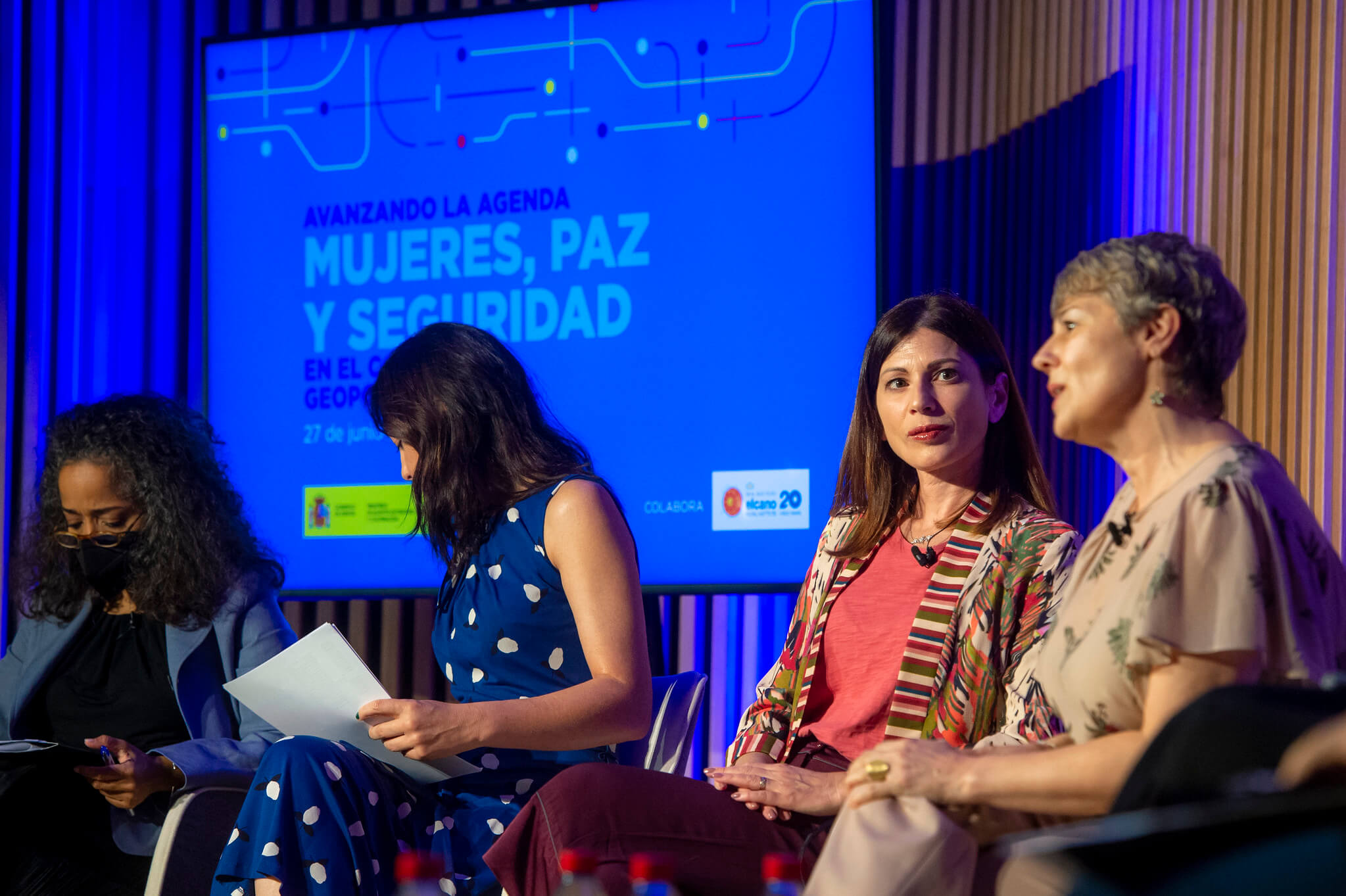
Finally, FFP still appears negotiable and to be compromised in the day-to-day of foreign policy and when other seemingly more important matters afford attention. Although we see some different foreign policy practices, such as Wallström openly criticising governments for their human and women’s rights violations or Minister Baerbock’s meeting with civil rights organisations and groups working for gender equality prior to meeting with heads of states and governments during country visits, there are still areas from which FFP is excluded.
For instance, both Canada and Sweden have been criticised for not sufficiently matching their care for women living in conflict or poverty-struck zones with a more empathetic commitment to their own indigenous or marginalised refugee populations at home.40 Or, in the case of Sweden, for greater consideration of how its weapons’ exports might be fuelling the very same gender-based violence and repression of women it seeks to counter-act.41
Conclusion
Despite the problems mentioned, FFP can nonetheless be considered a step further and as progress. Compared to past decades when gender equality remained quite frequently an aspiration, FFP has moved gender equality not only further up on the agenda, but also resulted in more resources being devoted to the subject.
Rather than being added on top of an already full portfolio of already overworked staff as was commonly the case in the past, the consideration of gender is now encouraged by the executive branch through specific budgets, regular monitoring and assessments as well as the establishment of focal points and advisory groups responsible for policy development and implementation.
- 1I would like to thank Maha Abdallah for her research assistance.
- 2Wikipedia, Feminist foreign policy.
- 3Jenny Nordberg, ‘Who’s Afraid of a Feminist Foreign Policy?’, The New Yorker, 15 April 2015.
- 4Margot Wallström, ‘What a Feminist Foreign Policy Looks Like’, The New York Times, 28 June 2018.
- 5Global Affairs Canada , ‘Canada’s Feminist Foreign Assistance Policy: #HerVoiceHerChoice’, 2017.
- 6Lyric Thompson, ‘Mexican Diplomacy Has Gone Feminist’, Foreign Policy, 14 January 2020.
- 7Annalena Baerbock, ‘Rede von Außenministerin Annalena Baerbock beim Feminist Foreign Policy Summit’, Auswärtiges Amt der Bundesrepublik Deutschland, 13 April 2022.
- 8Martha Delgado, ‘Mexico’s Feminist Foreign Policy’, Foreign Policy Magazine, 19(1), 2020, p. 35-39.
- 9International Center for Research on Women (ICRW), ‘Coalition for a Feminist Foreign Policy in the United States’, n.d.
- 10Jessica Cadesky, ‘Built on Shaky Ground: Reflections on Canada’s Feminist International Assistance Policy’, International Journal, 75(3), 2020 p. 298-312.
- 11Centre for Feminist Foreign Policy, ‘What is Feminist Foreign Policy?’, 2021.
- 12This included Wallström serving as the UN’s Special Representative of the Secretary-General on Sexual Violence in Conflict United Nations from 2010-2016.
- 13Karin Aggestam, Annika Bergman Rosamond and Annica Kronsell, ‘Theorising Feminist Foreign Policy’, International Relations, 33(1), 2019, p. 23-39.
- 14 a b United Nations, ‘Landmark resolution on Women, Peace and Security’.
- 15Resolutions 1820 and 1888 in 2008, 1889 in 2009, 1960 in 2010, 2106 and 2122 in 2013, 2122, 2242 in 2015, 2467 and 2493 in 2019.
- 16Women’s International League for Peace and Freedom, ‘1325 National Action Plans (NAPs)’.
- 17Valerie M. Hudson and Patricia Leidl, The Hillary Doctrine: Sex and American Foreign Policy, New York City: Columbia University Press, 2017.
- 18Sara Davies and Jacqui True, ‘Norm Entrepreneurship in Foreign Policy: William Hague and the Prevention of Sexual Violence in Conflict’, Foreign Policy Analysis, 13(3), 2017, p. 701-721.
- 19Jacqui True, ‘Gender and Foreign Policy’, In: Mark Beeson and Shahar Hamieri (eds.), Australia in World Affairs: Navigating the New International Disorders, Oxford: Oxford University Press, 2016, p. 224-241.
- 20Karin Aggestam, Annika Bergman Rosamond and Annica Kronsell, ‘Theorising Feminist Foreign Policy’, International Relations, 33(1), 2019, p. 23–39.
- 21 a b Rachel Clement and Lyric Thompson, ‘Toward a Feminist Foreign Policy in the United States’, International Center for Research on Women, 2019.
- 22Negative ramifications may include but are not limited to, for example, an increase in domestic physical or emotional violence as husbands may feel threatened by the empowerment of their wives.
- 23For example: Ann J. Tickner, Gender in International Relations: Feminist Perspectives on Achieving Global Security, New York: Columbia University Press, 1993; Christine Sylvester, ‘Empathetic Cooperation - a Feminist Method for IR’, Millennium: Journal of International Studies, 23(2), 1994, p. 315-334.
- 24 a b Annick Wibben, ‘Feminist International Relations: Old Debates and New Directions’, Brown Journal of World Affairs, 10(2), 2004, p. 97-114.
- 25Thania Paffenholz, Nick Ross, Steven Dixon, Anna-Lena Schluchter and Jacqui True. ‘Making Women Count - Not Just Counting Women: Assessing Women’s Inclusion and Influence on Peace Negotiations’, Inclusive Peace and Transition Initiative (The Graduate Institute of International and Development Studies) and UN Women, 2016; ‘The WomenStats Project’.
- 26 a b Margot Wallström, ‘What a Feminist Foreign Policy Looks Like’, The New York Times, 28 June 2018.
- 27Karin Aggestam and Annika Bergman Rosamond, ‘Swedish Feminist Foreign Policy in the Making: Ethics, Politics, and Gender’, Ethics & International Affairs, 30(3), 2016, p. 323-34.
- 28 ‘France’s International Strategy on Gender Equality (2018-2022)’ French Ministry for Europe and Foreign Affairs, 2018; ‘Handbook: Sweden’s Feminist Foreign Policy’, Government of Sweden, 2018.
- 29Karin Aggestam and Annika Bergman Rosamond, ‘Swedish Feminist Foreign Policy in the Making: Ethics, Politics, and Gender’, Ethics & International Affairs, 30(3), p. 323–34, 2016; Jennifer Thomson, ‘What’s Feminist about Feminist Foreign Policy? Sweden’s and Canada’s Foreign Policy Agendas’ International Studies Perspectives, 21(4), 2020, p. 424-37.
- 30Cited in Rosalia Romaniec, ‘Feministische Außenpolitik - Wunsch oder Realität?’, Deutsche Welle, 7 March 2022.
- 31Council of Foreign Relations, ‘Feminist Foreign Policy: A Conversation With Former Foreign Minister Margot Wallström of Sweden’, 1 October 2019.
- 32 ‘Handbook: Sweden’s Feminist Foreign Policy’, Government of Sweden, 2018.
- 33Margot Wallström, ‘What a Feminist Foreign Policy Looks Like’, The New York Times, 28 June 2018.
- 34Martha Delgado, ‘Mexico’s Feminist Foreign Policy’, Foreign Policy Magazine, 19(1), 2020, p. 35-39.
- 35 ‘Handbook: Sweden’s Feminist Foreign Policy’, Government of Sweden, 2018; ‘Sweden’s Feminist Foreign Policy: Examples from Three Years of Implementation’, Ministry of Foreign Affairs, 2018; ‘The Swedish Foreign Service Action Plan for Feminist Foreign Policy 2019–2022, Including Direction and Measures for 2021’, Ministry for Foreign Affairs, 2019.
- 36 ‘Canada’s Feminist International Assistance Policy’, Government of Canada, 2018.
- 37Karin Aggestam and Annika Bergman Rosamond, ‘Swedish Feminist Foreign Policy in the Making: Ethics, Politics, and Gender’, Ethics & International Affairs, 30(3), 2016, p. 323-34, 2016.
- 38Jessica Cadesky, ‘Built on Shaky Ground: Reflections on Canada’s Feminist International Assistance Policy’, International Journal, 75(3), 2020, p. 298-312; Jessica Thomson, ‘What’s Feminist about Feminist Foreign Policy? Sweden’s and Canada’s Foreign Policy Agendas’ International Studies Perspectives, 21(4), 2020, p. 424-37.
- 39Thania Paffenholz, Nick Ross, Steven Dixon, Anna-Lena Schluchter and Jacqui True. ‘Making Women Count - Not Just Counting Women: Assessing Women’s Inclusion and Influence on Peace Negotiations’, Inclusive Peace and Transition Initiative (The Graduate Institute of International and Development Studies) and UN Women, 2016.
- 40Karin Aggestam, Annika Bergman Rosamond and Annica Kronsell, ‘Theorising Feminist Foreign Policy’, International Relations, 33(1), 2019, p. 23-39; Jacqui True, ‘Gender and Foreign Policy’, In: Mark Beeson and Shahar Hamieri (eds.).
- 41Karin Aggestam and Annika Bergman Rosamond, ‘Swedish Feminist Foreign Policy in the Making: Ethics, Politics, and Gender’, Ethics & International Affairs, 30(3), 2016, p. 323-34.



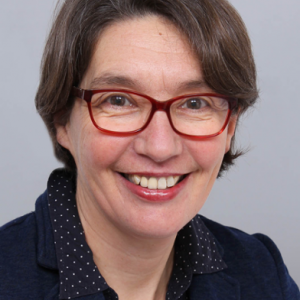
0 Comments
Add new comment